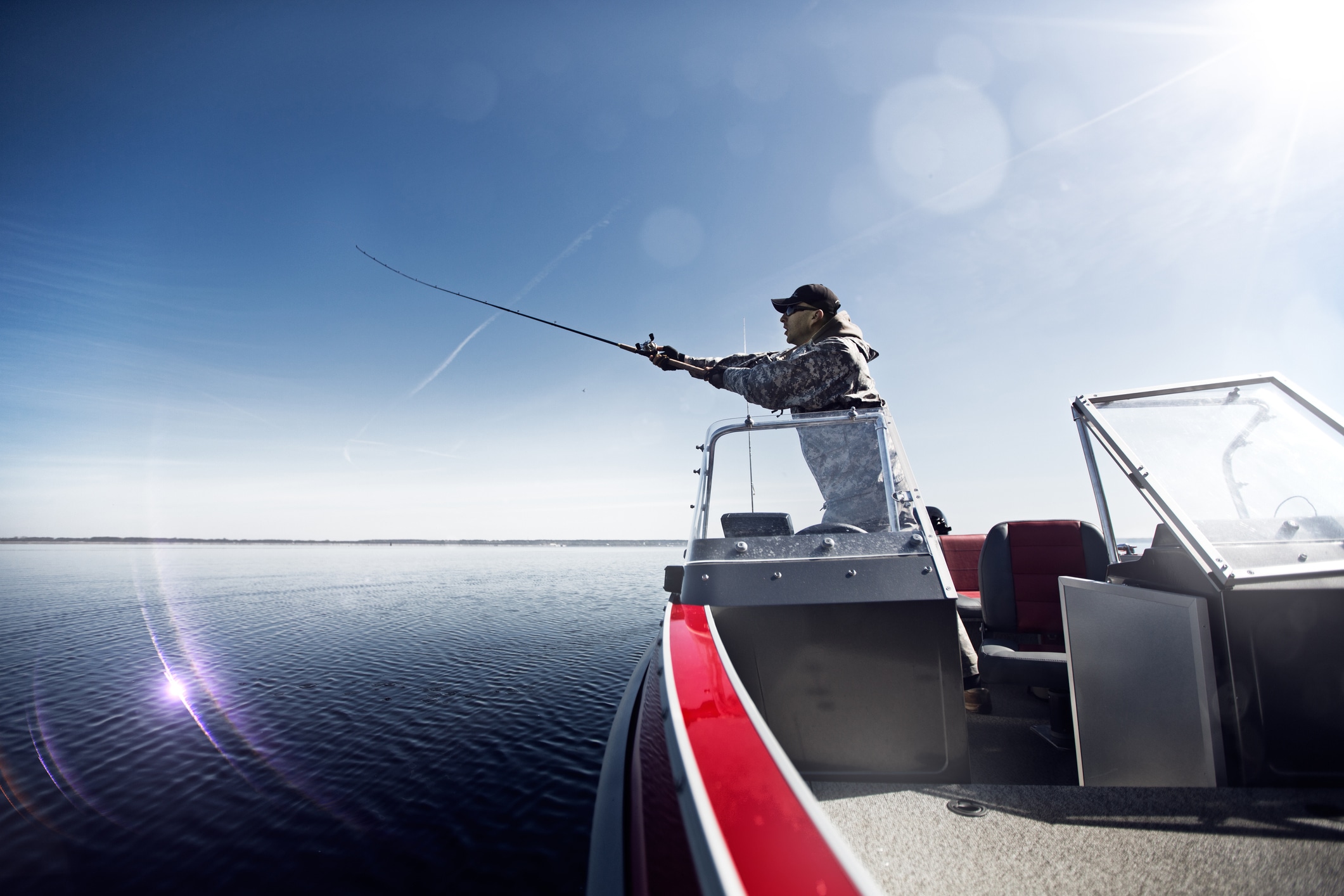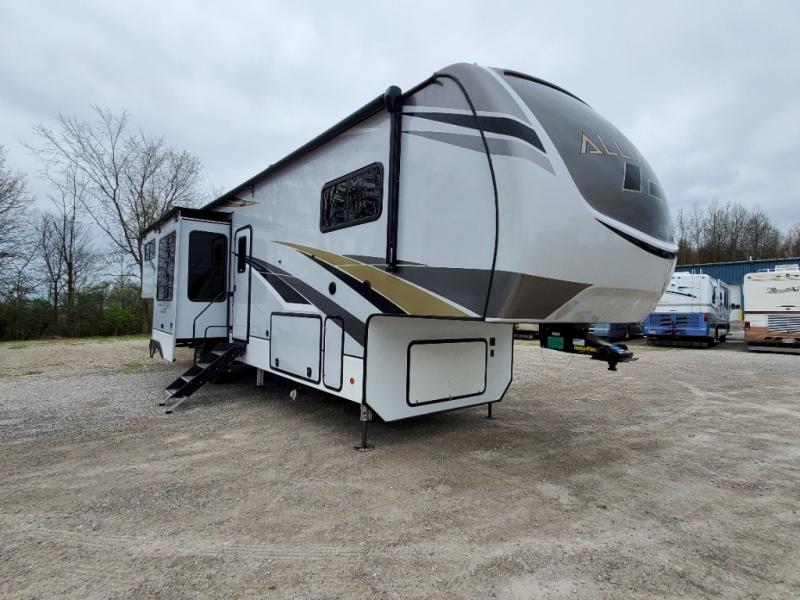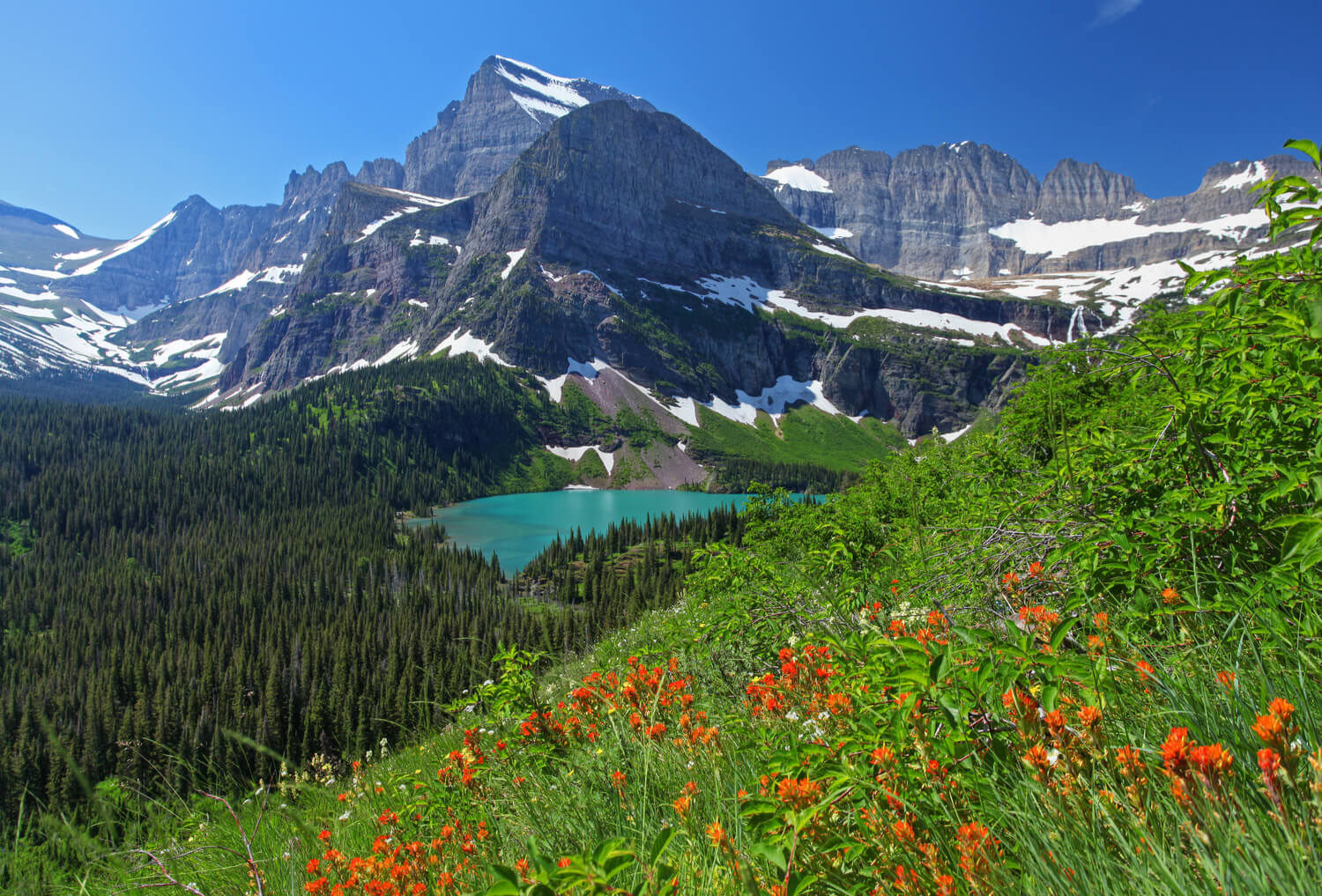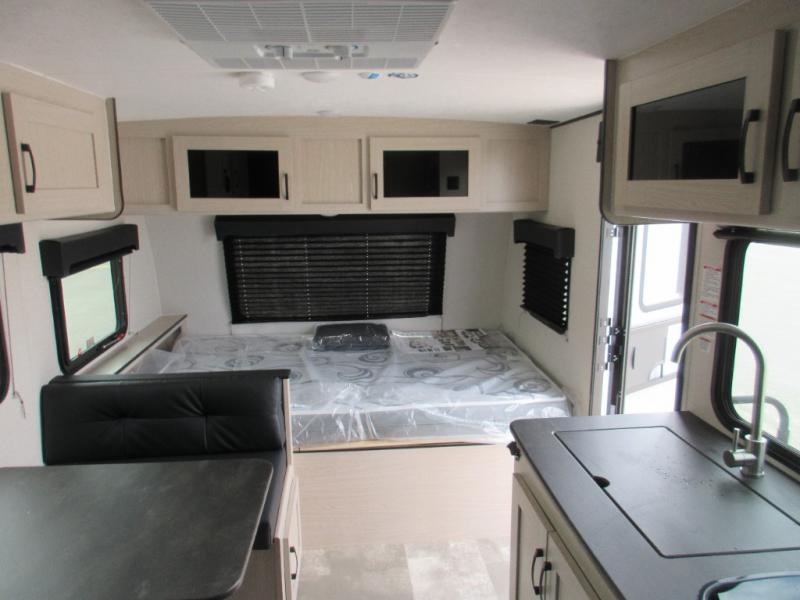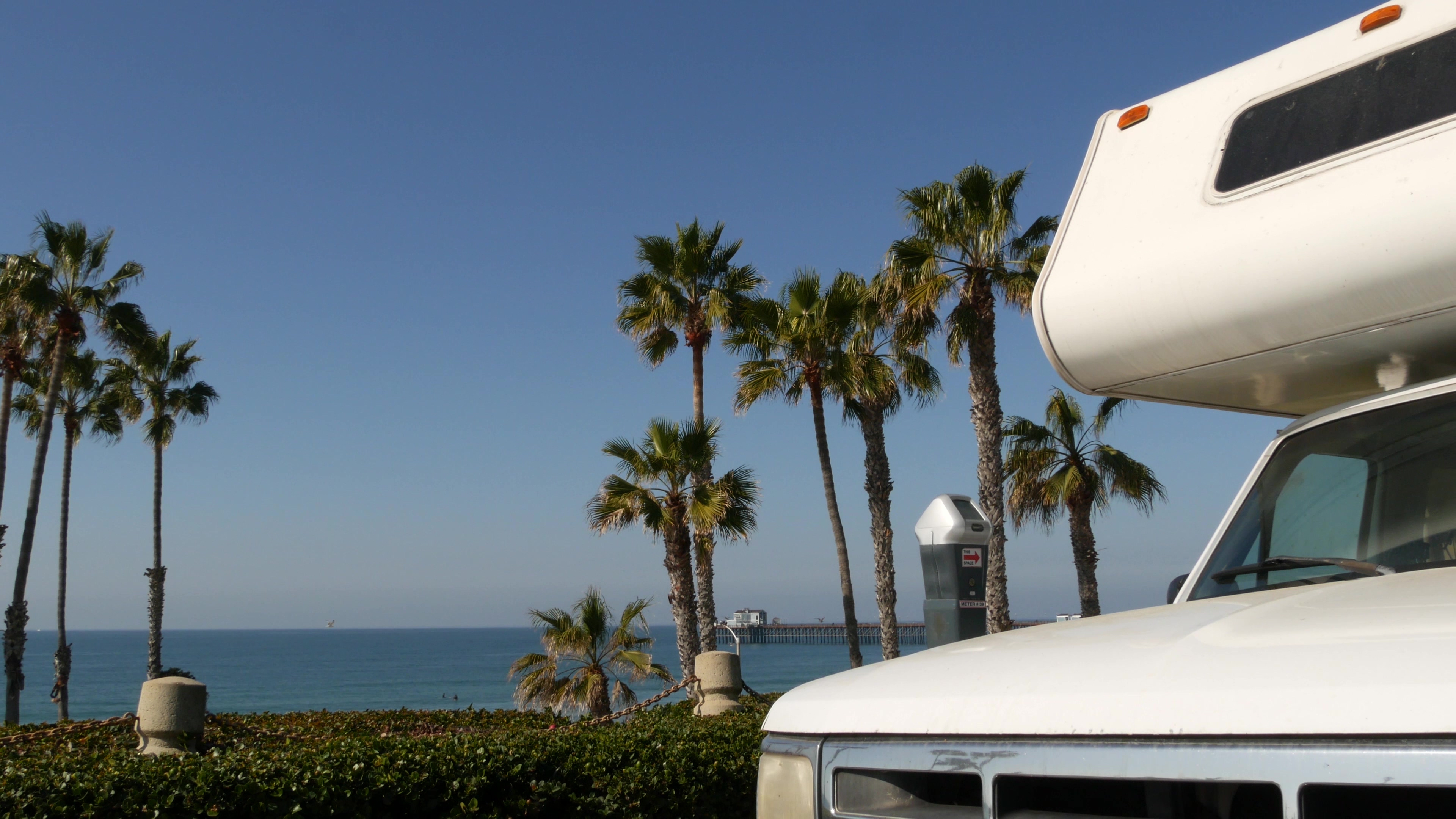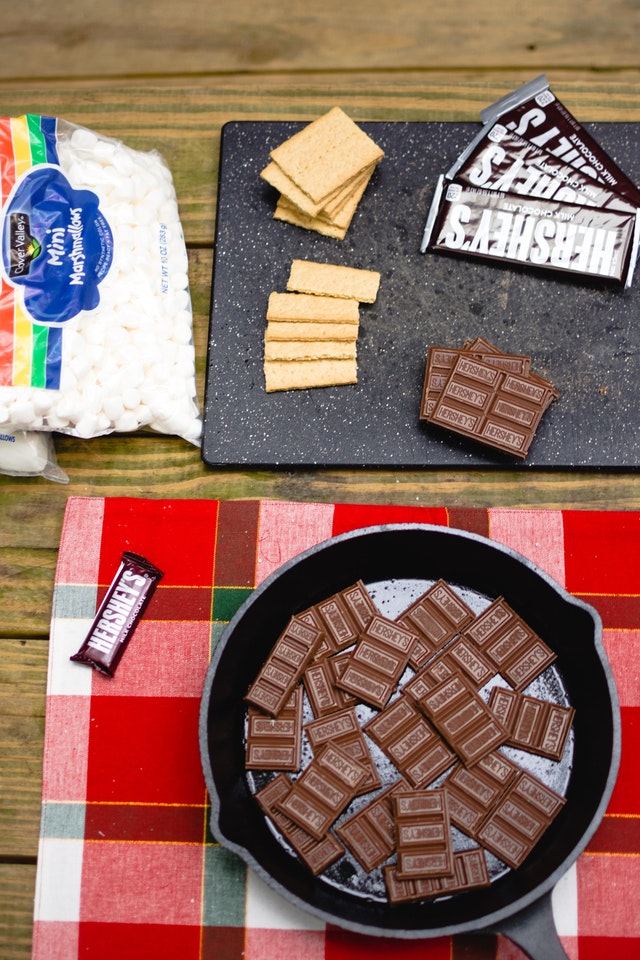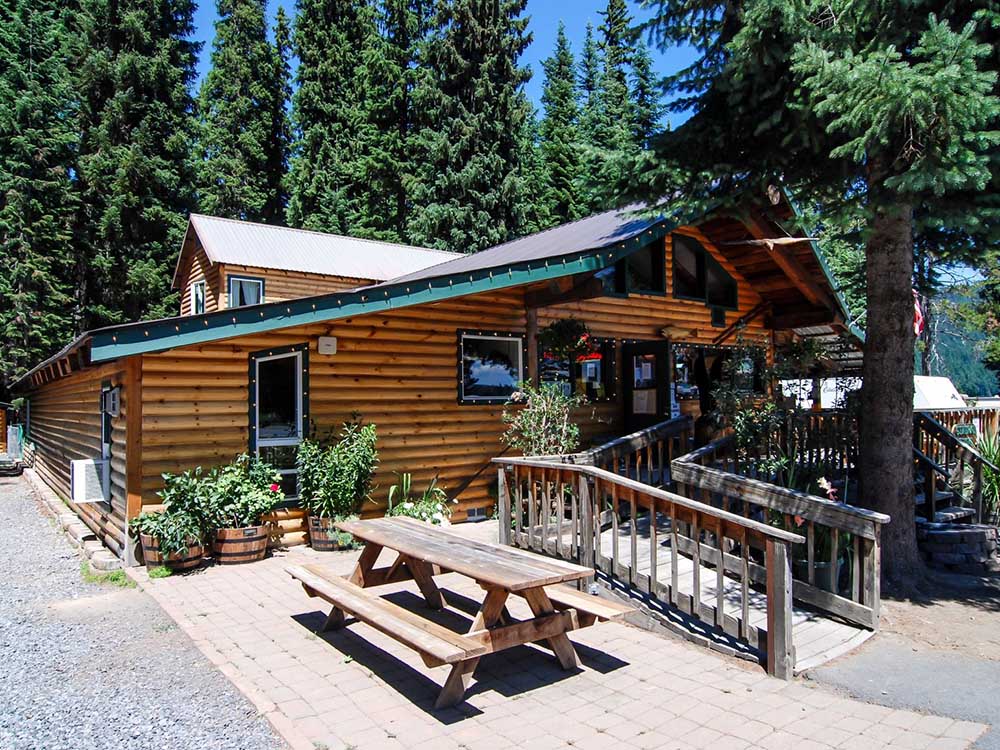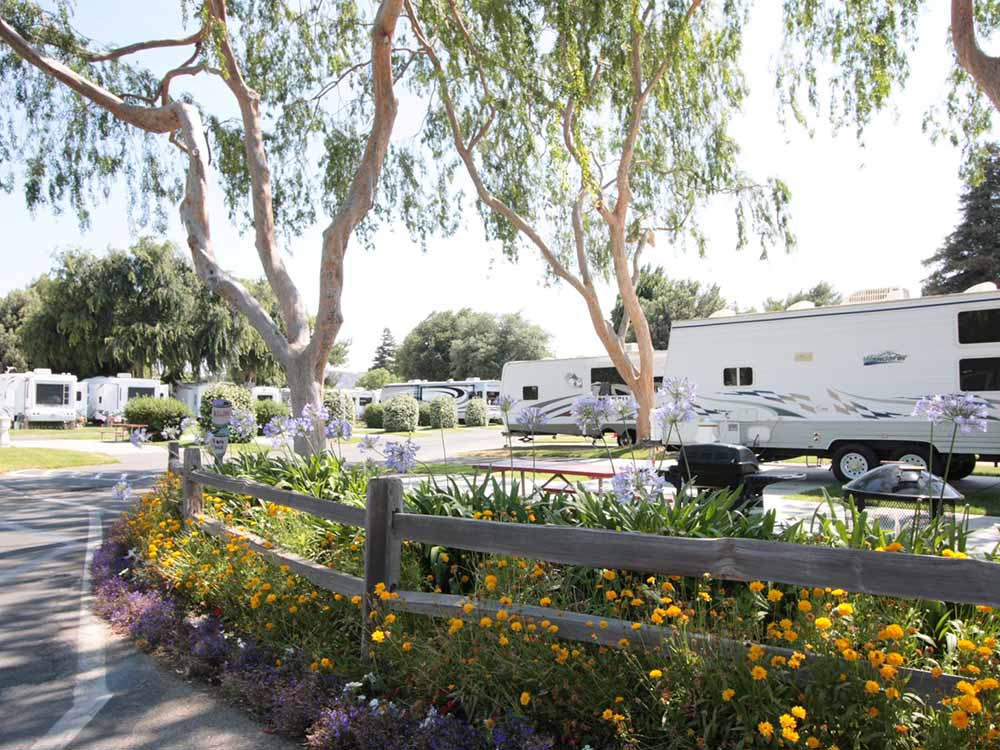The forums at RV.net reveal a common fifth wheel hitch mistake that often happens to new (or even experienced) fifth wheel owners. This mistake has to do with using a fifth wheel hitch improperly, but the good news is that it can be avoided fairly easily.
The All-Too-Common Fifth Wheel Hitch Mistake
Photo by Camping WorldImagine you’ve driven several hundred miles to your destination. You’ve been in your truck for hours, and you finally arrive at your campground. You’ve positioned your fifth wheel on the campsite after a couple of attempts and some slight adjustments. Everything is perfect.
You add wheel chocks to hold your fifth wheel in place, lower your landing legs, disconnect from your fifth wheel trailer hitch, and extend your slides. You set up your camping chairs around the fire pit and start prepping dinner. That’s when you realize you’re out of cooking oil and need to make a store run. Or maybe you just need drinks or sides to go with dinner.
You double-check that the cables are disconnected between your truck and fifth wheel…all good there. So you hop in your truck, shift into drive, start to pull away, and then CRACK! What mistake did you make?
The answer: you forgot to lower the tailgate! As a result, your fifth wheel pin box dented your tailgate.

Copyright
© Camping World


